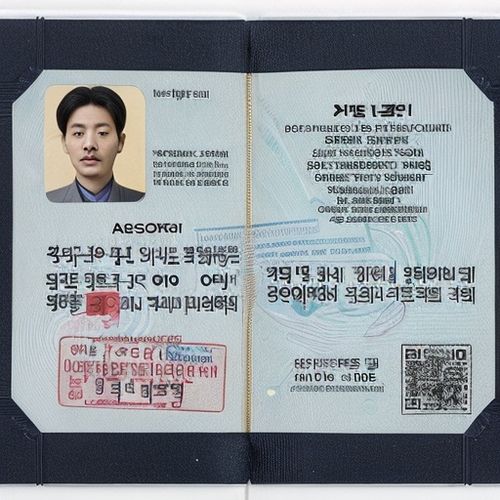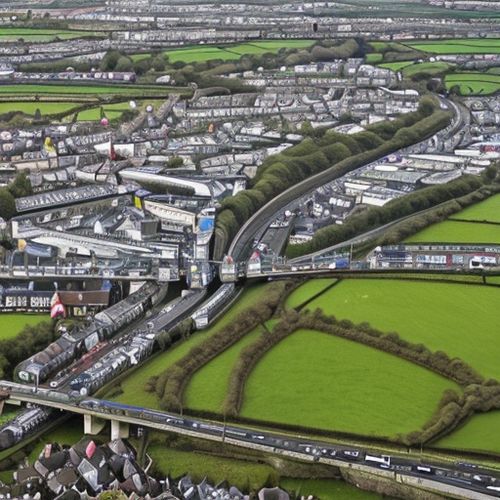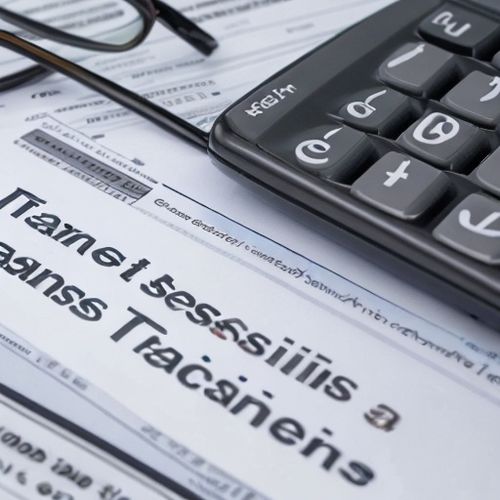The UK postcode system is one of the most efficient and precise addressing tools in the world. Designed to streamline mail delivery and simplify location identification, British postcodes serve as a vital component of the nation's infrastructure. From bustling city centers to remote rural villages, these alphanumeric codes provide a structured way to pinpoint any address across England, Scotland, Wales, and Northern Ireland. Understanding how they work can be incredibly useful for businesses, logistics providers, and even everyday citizens navigating the country.
At first glance, a UK postcode might seem like a random combination of letters and numbers. However, each segment carries specific meaning. The outward code, which consists of the first half of the postcode, identifies the postal district and helps direct mail to the correct regional sorting office. For instance, postcodes beginning with "SW" correspond to South West London, while "M" designates Manchester. The inward code, which follows, narrows it down further to a specific street or group of addresses. This two-tiered system ensures that even densely populated areas can be efficiently managed.
Beyond mail delivery, UK postcodes have become indispensable for a wide range of applications. Emergency services rely on them to locate callers quickly, while businesses use them for market analysis, logistics planning, and customer segmentation. Online retailers integrate postcode lookup tools to streamline checkout processes, ensuring accurate and timely deliveries. The system's precision has also made it valuable for urban planning, demographic research, and even fraud detection, as inconsistencies in postcode data can raise red flags.
One of the lesser-known aspects of UK postcodes is their dynamic nature. While some codes have remained unchanged for decades, others are regularly updated to accommodate new housing developments, business parks, or changes in local infrastructure. The Royal Mail oversees these adjustments, ensuring the system remains functional as the country evolves. This adaptability has helped maintain the postcode system's relevance in an era of rapid urbanization and shifting population patterns.
For those unfamiliar with the UK, postcodes can sometimes be confusing. Unlike some countries where postal codes are purely numerical, the UK's mix of letters and numbers requires a bit of learning. Additionally, certain areas—particularly in London—have overlapping or closely related postcodes that can trip up newcomers. However, once decoded, these postcodes offer a surprisingly intuitive way to navigate the country. Many locals can even estimate distances or travel times between locations based solely on their postcodes.
The integration of postcode data into digital mapping and GPS technologies has further enhanced their utility. Modern navigation systems can use a full postcode to direct drivers to within a few meters of their destination, a level of accuracy that’s particularly useful in complex urban environments. Ride-hailing apps, food delivery services, and courier companies all depend on this precision to optimize routes and reduce delays. In many ways, the humble postcode has become a foundational element of the UK's digital economy.
Despite its many advantages, the UK postcode system isn’t without its quirks. Some rural areas share a single postcode covering multiple villages, while certain high-profile addresses—like 10 Downing Street (SW1A 2AA) or Buckingham Palace (SW1A 1AA)—have uniquely recognizable codes. There are also occasional anomalies, such as postcodes that don’t follow the usual formatting rules or locations where the code doesn’t seem to align with geographic logic. These exceptions add character to the system but rarely hinder its overall functionality.
Looking ahead, the UK postcode system is likely to retain its importance even as technology advances. While alternatives like geocoordinates or what3words addresses offer different approaches to location identification, the widespread adoption and simplicity of postcodes make them hard to replace. Their integration into countless databases, applications, and services ensures they’ll remain a cornerstone of British logistics and navigation for years to come. For anyone living in or interacting with the UK, taking the time to understand postcodes is a small effort with substantial rewards.

By Victoria Gonzalez/Apr 14, 2025

By Samuel Cooper/Apr 14, 2025

By William Miller/Apr 14, 2025

By Emma Thompson/Apr 14, 2025

By Lily Simpson/Apr 14, 2025

By Emily Johnson/Apr 14, 2025

By George Bailey/Apr 14, 2025

By Sarah Davis/Apr 14, 2025

By Grace Cox/Apr 14, 2025

By Natalie Campbell/Apr 14, 2025

By Christopher Harris/Apr 14, 2025

By Rebecca Stewart/Apr 14, 2025

By Joshua Howard/Apr 14, 2025

By Jessica Lee/Apr 14, 2025

By Eric Ward/Apr 14, 2025

By Lily Simpson/Apr 14, 2025

By William Miller/Apr 14, 2025

By Olivia Reed/Apr 14, 2025

By William Miller/Apr 14, 2025